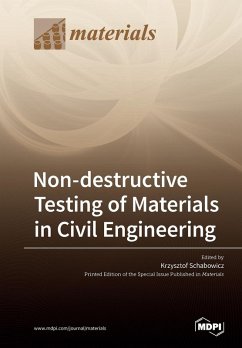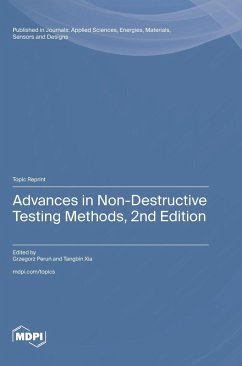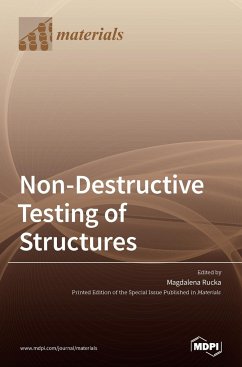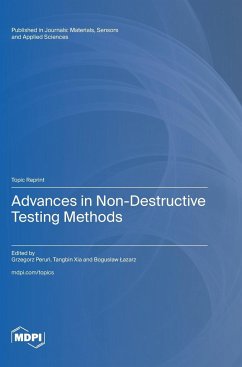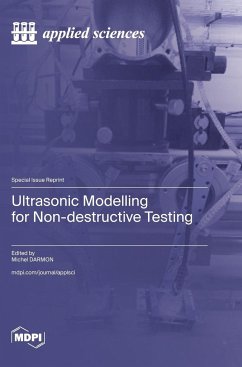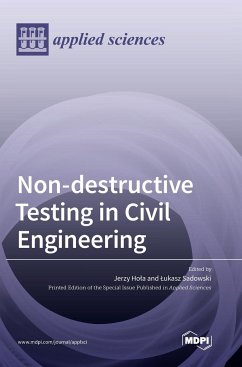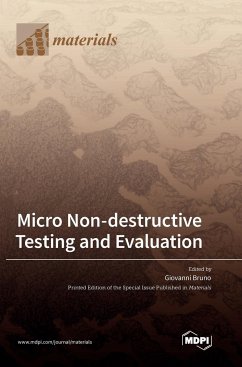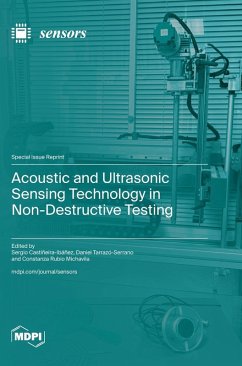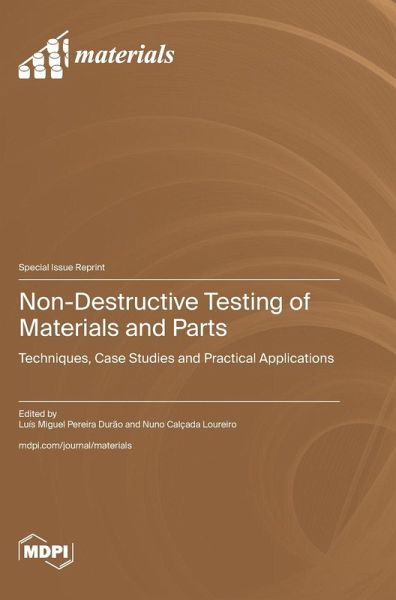
Non-Destructive Testing of Materials and Parts
Techniques, Case Studies and Practical Applications
Versandkostenfrei!
Versandfertig in 1-2 Wochen
77,99 €
inkl. MwSt.

PAYBACK Punkte
39 °P sammeln!
Non-destructive testing (NDT) is the application of scientific principles of physics, chemistry, and mathematics for the development of adequate procedures and specific equipment that can be used to study a part, object, or complex structure, like a car, airplane, or railway bridge, without causing any harm to the object under examination. NDT is also used in many other industries, and in other non-industrial applications; for example, NDT is used to make sure that parts do not have defects that would make the customer unhappy or that passengers and luggage in an airport comply with the strict...
Non-destructive testing (NDT) is the application of scientific principles of physics, chemistry, and mathematics for the development of adequate procedures and specific equipment that can be used to study a part, object, or complex structure, like a car, airplane, or railway bridge, without causing any harm to the object under examination. NDT is also used in many other industries, and in other non-industrial applications; for example, NDT is used to make sure that parts do not have defects that would make the customer unhappy or that passengers and luggage in an airport comply with the strict safety regulations. Some of the equipment and procedures used in NDT can also be found in the medical field, like with the use of X-rays in dental work or ultrasound in echography. Presently, there is no doubt about the importance of NDT, as it leads to a considerable amount of savings by not destroying parts, some of which are expensive, as it replaces the still too present destructive testing technique. Nowadays, there are many NDT techniques available. The field of quality control works to perfect these technologies year after year, allowing us to effectively replace destructive testing. So, we invite the reader to get acquainted with the themes within this Reprint, as they comprise an interesting set of contributions for the current state on recent NDT techniques and applications with some new insights on the use of methods like acoustic emission, ultrasound, electromagnetic waves, thermal imaging, nanoindentation, thermography, or enhanced radiography.



